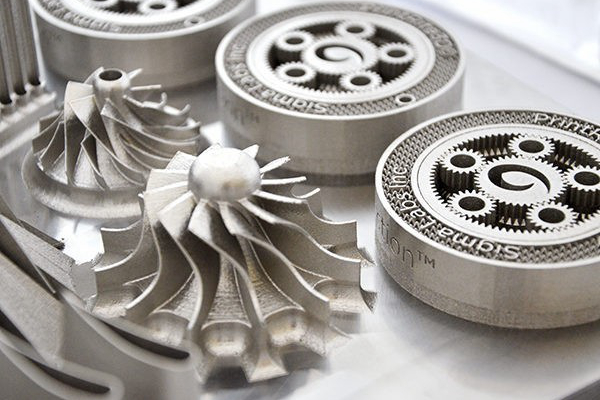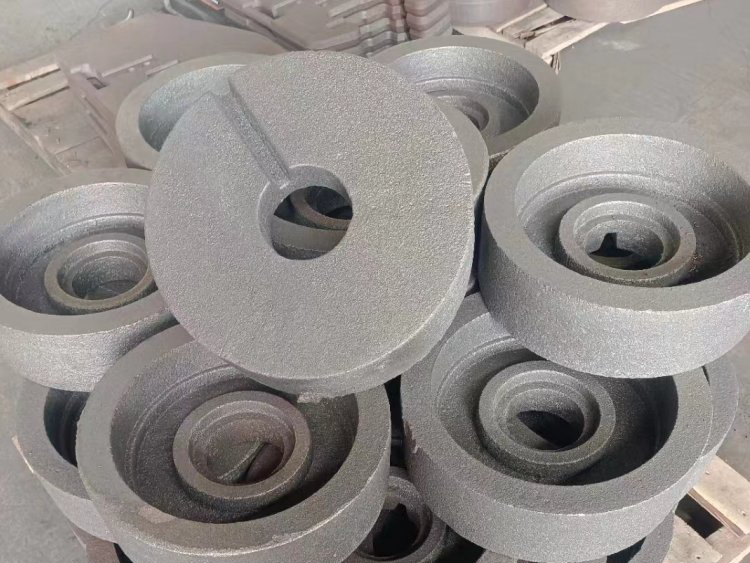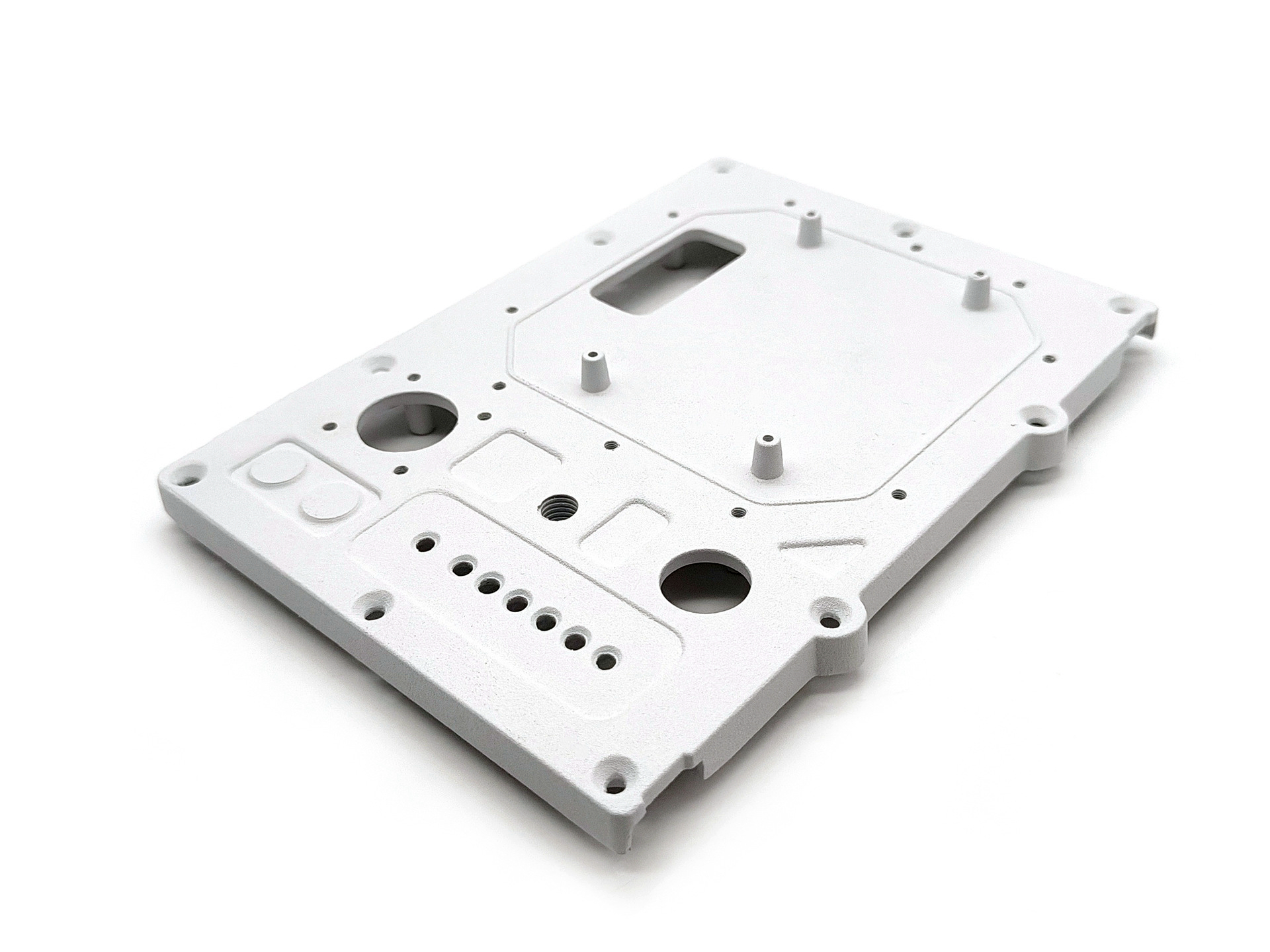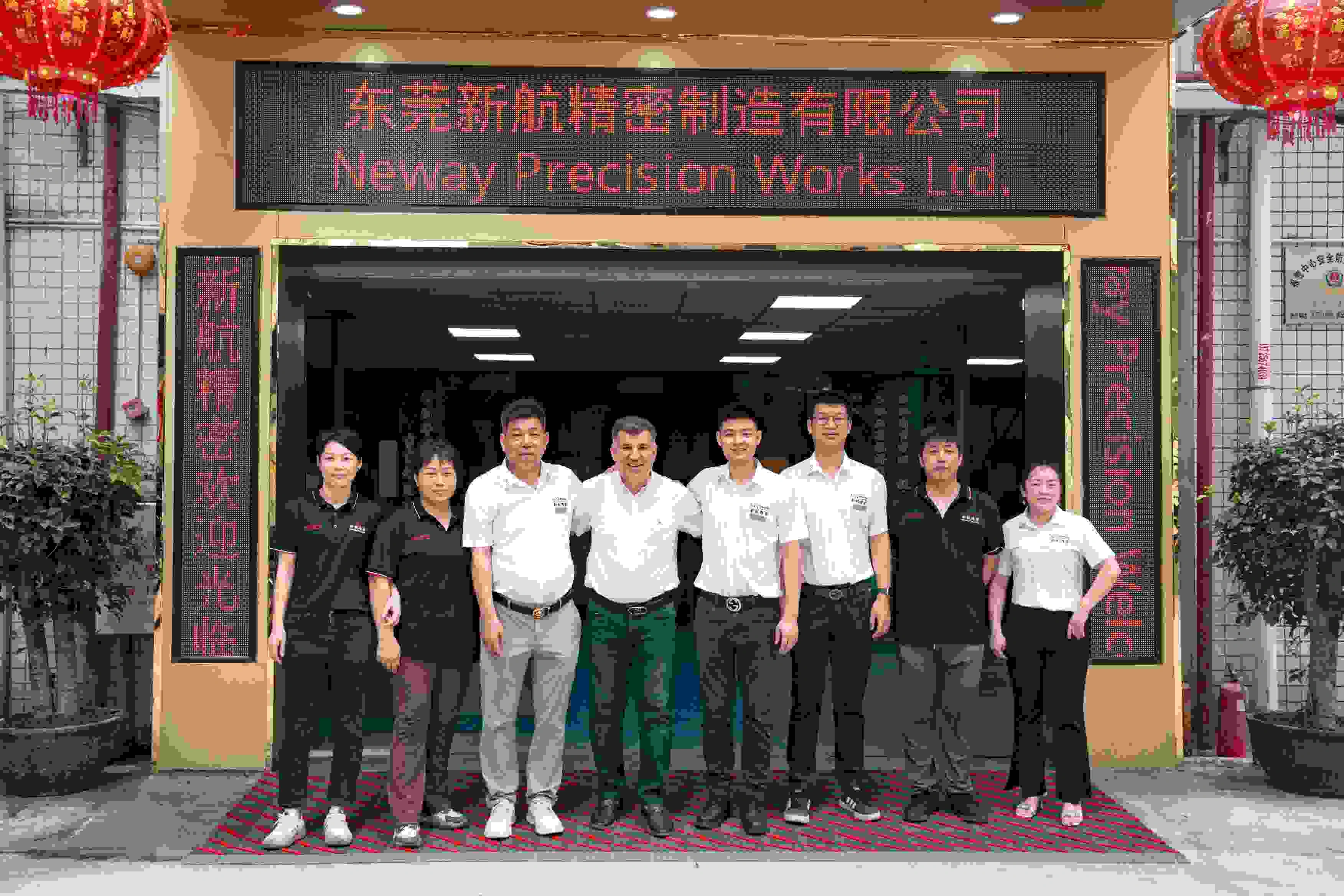What dimensional tolerances are standard for engine castings?
What Dimensional Tolerances Are Standard for Engine Castings?
General Die Casting Tolerances for Engine Components
Standard dimensional tolerances for engine castings vary by part size, casting method, and required post-processing. In aluminum die casting, typical as-cast tolerances conform to international standards such as ISO 8062-3 (casting tolerances) or NADCA Product Specification Standards.
For high-pressure die cast engine components such as housings, covers, and brackets, typical as-cast linear tolerances are:
Up to 25 mm: ±0.10 mm
25–50 mm: ±0.15 mm
50–100 mm: ±0.20 mm
100–300 mm: ±0.30–0.50 mm
These values apply to features formed directly by the die cavity without post-machining. For more precise features—such as mating faces, sealing surfaces, or alignment bosses—post-machining is used to achieve tighter tolerances.
Machined Tolerances for Critical Engine Features
For critical engine features that affect performance, sealing, or assembly—such as bearing seats, oil channels, and flange surfaces—CNC post-machining can achieve:
±0.01–0.05 mm on small to medium features
Geometric tolerances (flatness, parallelism, concentricity): up to 0.02 mm depending on feature size and inspection method
These tolerances are essential for components like oil pans, valve covers, and gearbox casings that must withstand high loads and ensure proper fluid sealing.
Tolerance Class by Feature Type
Feature Type | As-Cast Tolerance | Machined Tolerance |
|---|---|---|
General dimensions | ±0.15–0.50 mm | ±0.02–0.05 mm |
Flat sealing surfaces | ±0.30 mm | ±0.01–0.02 mm |
Threaded holes/bosses | ±0.20 mm (pre-cast) | ±0.05 mm (tapped) |
Alignment bores | ±0.10 mm (machined) | ±0.01 mm (with reaming) |
Dimensional Stability and Alloy Selection
Die casting alloys like A380, A360, and AlSi10Mg are known for good dimensional stability due to their low shrinkage rates and predictable solidification behavior. Proper tool and die design is essential to control warpage and ensure repeatability in engine production.
Recommended Services for Precision Engine Casting
To meet tight dimensional and geometric requirements in engine applications, Neway provides:
Aluminum Die Casting: Using stable alloys and optimized mold design for high repeatability.
Post-Machining: CNC finishing of tight-tolerance surfaces and critical interfaces.
Tool and Die Making: Precision tooling for consistent dimensional control and minimized variation.
Neway supports engine OEMs with fully controlled, toleranced, and inspected components across high-volume production runs.



